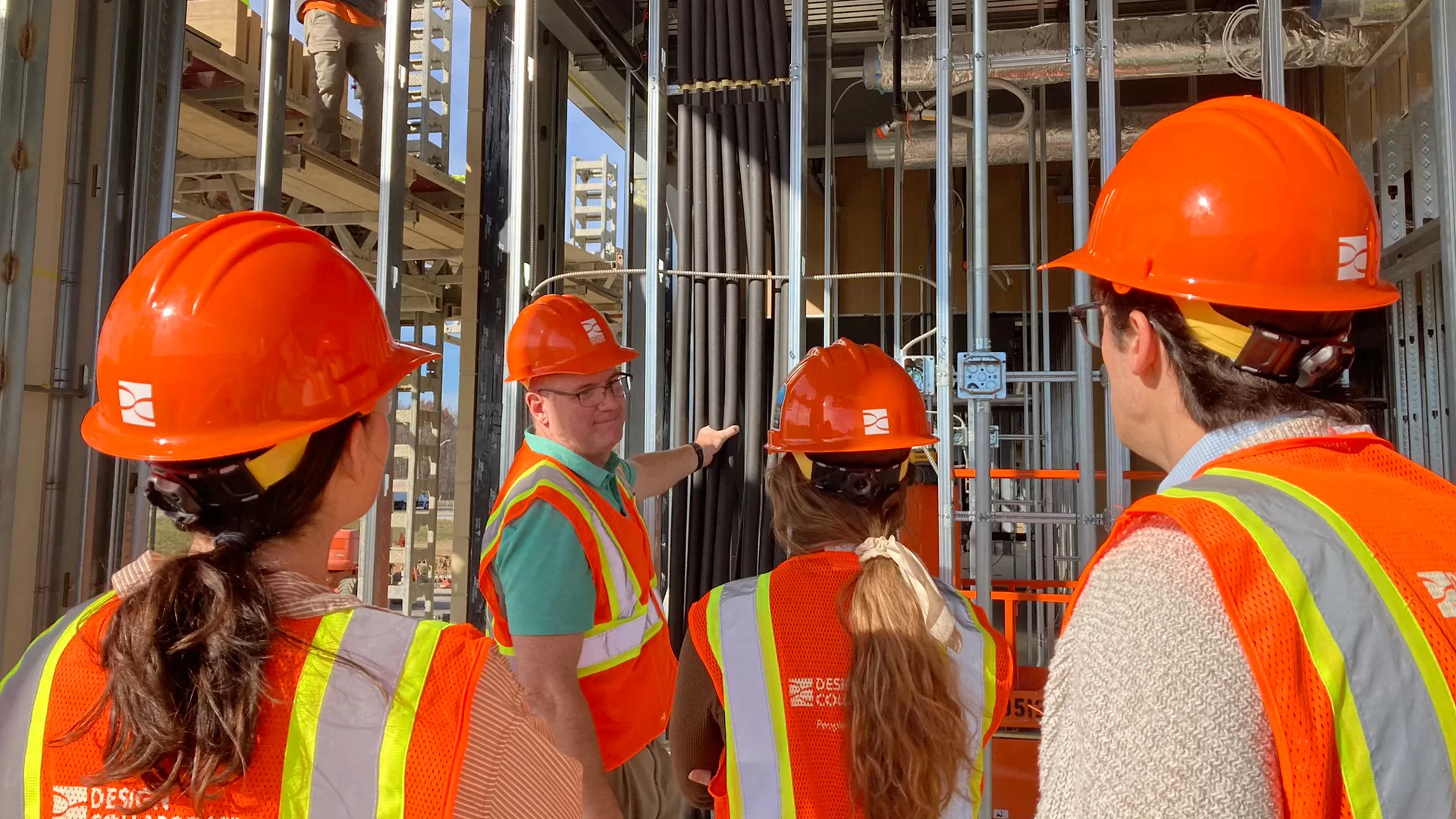 |
What are Change Orders?In their simplest terms, change orders are written after the execution of a contract that initiate and authorize a change in the scope of work, the fee, or the length of time for a project. They are signed by the owner and engineer or architect and should be highly detailed, as they are legally binding documentation. There are three primary classes of change orders: owners, contractors, and architects/engineers/interior designers. Owner-initiated changes comprise about 90% of change orders and could include things as simple as adding or moving a door or changing lighting. Some are initiated by contractors and might involve requests for information or clarification, especially in renovation projects where they find an issue they hadn’t anticipated or run into something unforeseen that needs to be addressed. Architects, engineers, and interior designers initiate change orders frequently as well, due to alterations that are requested by the owner. |




